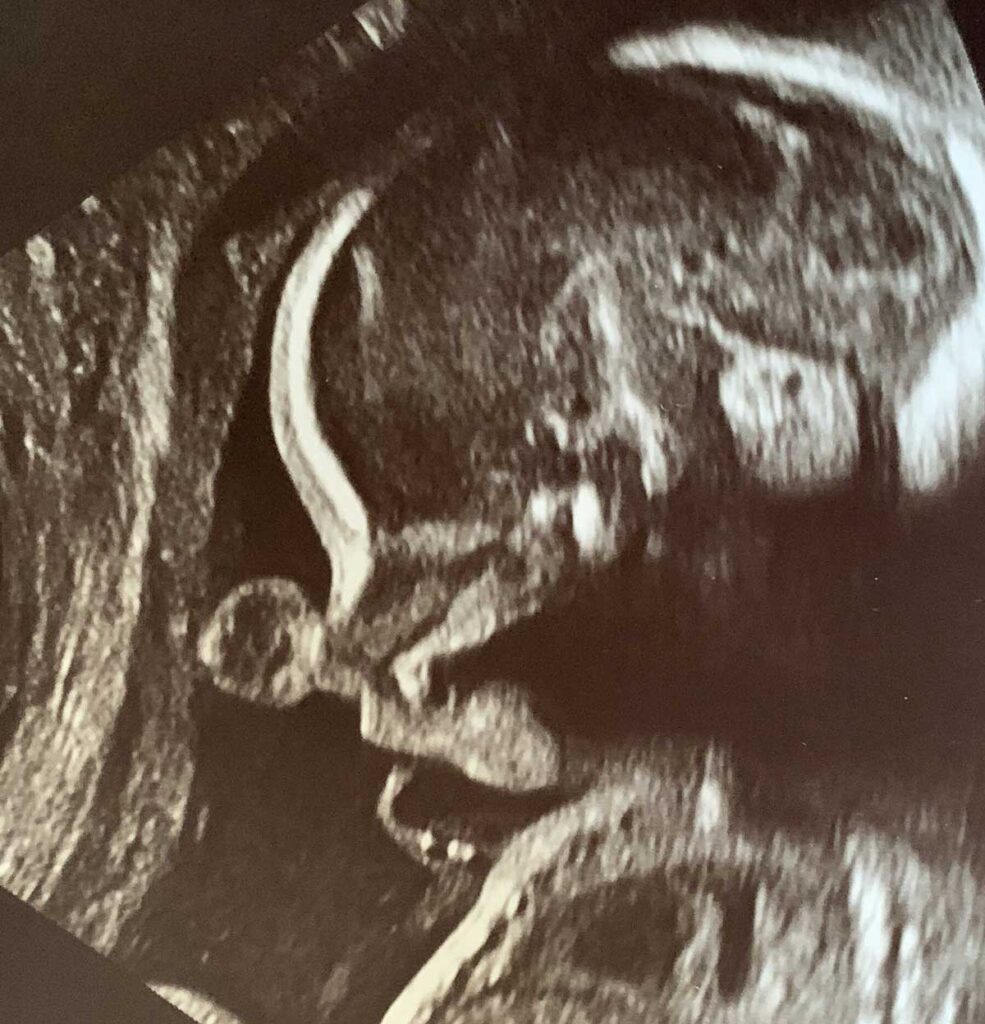A team of Western Washington University and University of California, Berkeley researchers discovered evidence that the human linage that split from chimps experienced an increase in prenatal growth rate soon after the split. The group describes their study of prenatal growth rates in modern primates and models showing such rates in ancient primates in their paper published in Proceedings of the National Academy of Sciences.
Prior research has shown that humans have a faster prenatal growth rate than all other primates—a human foetus, for example, grows by approximately 11.6 grammes per day, whereas gorillas grow by only 8.2 grammes per day. Some researchers believe that the faster prenatal growth rate resulted in the relatively quick evolution of a larger brain. The researchers wanted to know when the increased growth rate in the human linage started.
The researchers began their research by examining prenatal growth rates in a variety of modern primates; they discovered that measuring the first and third molars provided a good correlation ratio. They then developed a model for calculating prenatal growth rate in ancient primates based on their fossilised teeth and applied it to 13 hominid species.
The researchers discovered that prenatal growth rate in the human linage began to accelerate after diverging from chimps about 5 to 6 million years ago. They also discovered that the increased rate matched that of modern humans 1 million years ago.

The researchers admit that they don’t know why molar growth rate correlates with prenatal growth rate, but they plan to look into it. They also admit that their work is not verifiable because it is impossible to measure prenatal growth rate in extinct primates. They note that the increase in prenatal growth rate calculated by them corresponds to similar estimates made by other teams using measurements of brain and pelvic size increases.

